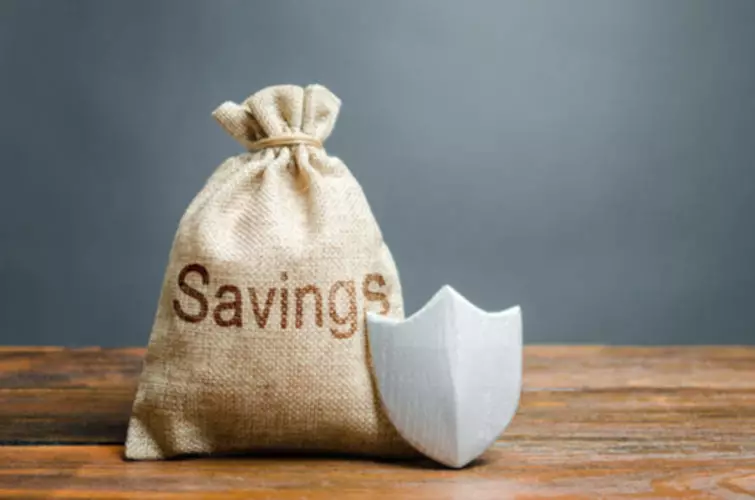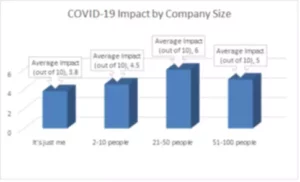Content

When a purchase or sale is on credit, you need to use a control account. A control account will help identify what is outstanding – what is owed to the business (asset) and what the business owes (liability). Controls accounts also allow you to record both sides of an accounting transaction (the debit and the credit). If the store wants detailed information, they can review the subsidiary accounts. The store can keep its ledger clean and organized by using control accounts, making it easier for its accountants to manage the finances effectively. Examples of tax control accounts are shown in the related topic, Tax Types Overview.
What are the two types of control account?
What are the types of control account? The types of control accounts include debtors control accounts, creditors control accounts, and stock control accounts. These forms of control accounts are used to summarize the business within the general ledger.
The subsidiary ledger contains both the creditor and debit account used to enter separate entries. A subsidiary ledger deals with the storage of the information for the general ledger account, so it provides a tool for reconciliation between the general ledger and the journal entries. There are various advantages of control accounts, including preventing fraud, eliminating clutter, and quick identification of accounting errors. This account contains aggregated totals for transactions that are individually stored in subsidiary-level ledger accounts. The ending balance in a control account should match the ending total for the related subsidiary ledger. If the balance does not match, it is possible that a journal entry was made to the control account that was not also made in the subsidiary ledger.
Definition and Examples of Control Account
If the totals do not agree, then a reconciliation of the control accounts must be made. Accounting software posts transactions to the control accounts in either summary or detail modes. The benefit of posting in detail is that it is easier to reconcile the subsidiary ledgers to these accounts.
What is the role of the control account?
A control account is a general ledger account designed for the purpose of documenting and summarizing bulk transactions of the same kind. This account holds totals for transactions that are maintained separately in subsidiary-level ledger accounts.
Please watch the video and then scroll down to learn more about control accounts… When we account for any entity, we are recording what has actually happened. That is what double-entry bookkeeping is – accounting for transactions that have happened within a business or company. Since the general ledger cannot handle all the transactional details, a control account keeps everything neatly sorted.
Control accounts in accounting software
So the difference between the cost baseline and the budget is called the risk management reserve, or the unknown risk. In this case, you need only one account that would consolidate all your VAT or GST entries. Designed for freelancers and small business owners, Debitoor invoicing software makes it quick and easy to issue professional invoices and manage your business finances. It’s easy to track your expenses from anywhere with online invoicing software like Debitoor. A different person can maintain the https://www.bookstime.com/articles/negative-retained-earnings as a preventive measure against fraud.

A control account is a general ledger account containing only summary amounts. The details for each control account will be found in a related (but separate) subsidiary ledger. Accounting software will automatically categorize data and create control accounts and subledgers, allowing for simple data segmenting, as well as accurate accounting practices. They show the balance of transactions detailed in the corresponding subsidiary account. If anyone wants to see detailed transactional information for accounts payable or accounts receivable, they can review the detail located in the subsidiary ledger, since it is not located in the general ledger.
Controlling account
Einstein utilizes purchases and payable control accounts to record his business transaction. Then Einstein makes entries of every supplier within the payable subsidiary ledger. Later, Einstein documents total purchases within the master ledger by crediting the transaction in the payable control account and debiting the transaction in the purchases account. He also assesses whether the total amount in the control account equates with the amount in the individual supplier account to balance the transaction within the subsidiary ledger. The typical level of activity in a control account is on a daily basis.
- Control accounts could also be used for accounts payable, equipment, and inventory.
- For example, a sales ledgerSales LedgerA sales ledger is a ledger entry that records any sale in the book of records, even if the payment is received or not yet received.
- However, if you’re still using a manual ledger system, the purpose of control accounts is to take the balance of the accounts in the subsidiary ledgers and post the total into the general ledger.
- The balance of the control account should always be equal to the balance in the subsidiary ledger accounts.
- The details of those transactions live in the subledger and the balance is reported to the control account.
The ending balance in a control account should always match the ending total for its subsidiary ledger. If it doesn’t, then there could have been a mistake made during the calculations. Using a control account can guard against fraud, particularly if you have someone else maintain the control account. For example, if your bookkeeper or accounting clerk is responsible for entering sales or purchases transactions, you can have someone else be in charge of the control account, thus providing a safeguard against fraud. Note
If no assets are assigned to the built-in accounts, Fixed assets, at cost and Fixed assets, accumulated depreciation, those accounts will not appear in the chart of accounts. They will remain as default assignments for newly created assets, though.
An Example of a Control Account
That is why control accounts are used to summary data from large numbers of related accounts. The examples above are very basic and are standard double-entry accounting transactions. The sale will be recorded as a credit entry (as normal) but what about the corresponding debit?

This can be quite useful when a general ledger contains many accounts. Control Account is a management control point where scope, cost, and schedule are integrated and compared to the earned value for performance measurement. Control Accounts are placed at selected management points in the WBS. Each Control Account is defined with a unique code or an accounting number which can be used to link to the performing account system. The control account will no longer appear in your chart of accounts or selection menus.
In Debitoor accounting & invoicing software, the double-entry bookkeeping method is built-in, meaning that when you enter an expense, you can also enter payments on the expense for specific suppliers. The payments show up automatically on internal financial statements that can be generated with a click. In accounting, a control account is an account within the general ledger whereby a corresponding subsidiary ledger is generated. Subsidiary plays a crucial role in the control account by enabling detailed tracking of transactions.
- This account is created to record the summarized balance of the individual ledgers maintained for different parties in accounting for the transactions.
- If you need to view a specific transaction, you would need to access the appropriate subsidiary ledger in order to view the details.
- The minor debit and credit balances brought down as indicated in the information (eg question) given should be indicated in the respective control account below the total values.
It would not be posted to the bank account as no physical cash has gone to the bank account, or the petty cash account… Tax control accounts are used to define tax types, and tax types are used to define tax codes. Tax codes in your transaction records determine how much tax is applied to each line item on your transactions. A control account works as an adjusting and controlling account that summarizes and sums up balances of all subsidiary accounts’ information of a specific account type in a general ledger. Subsidiary accounts are used to provide support and detailed information on a related account type.
Lascia un Commento
Vuoi partecipare alla discussione?Sentitevi liberi di contribuire!